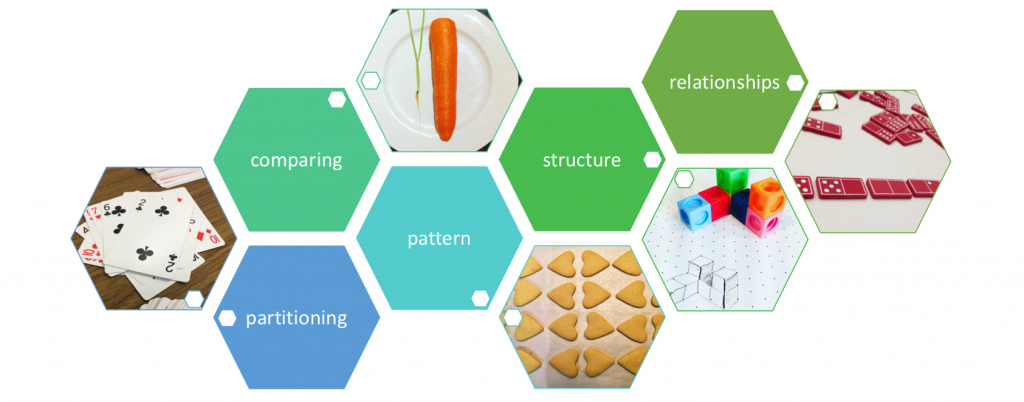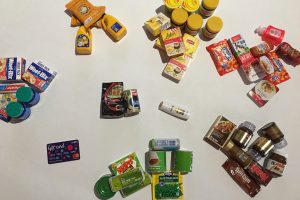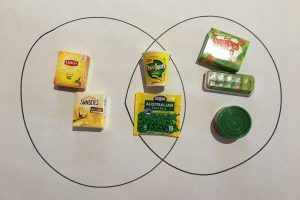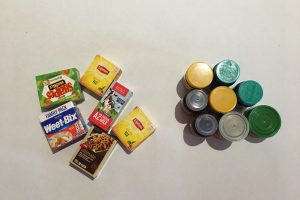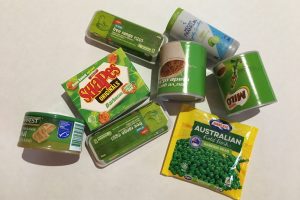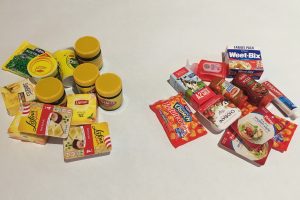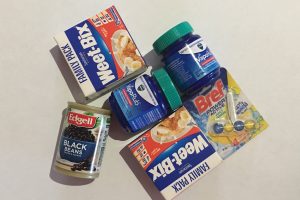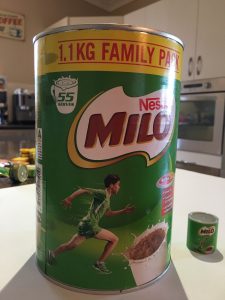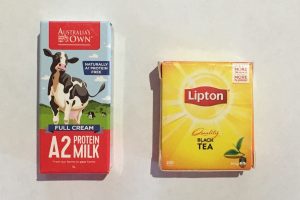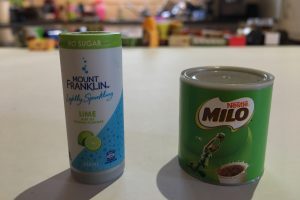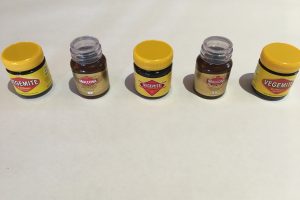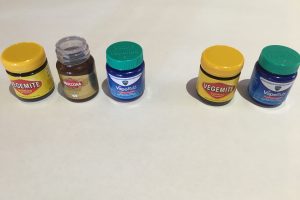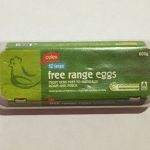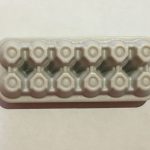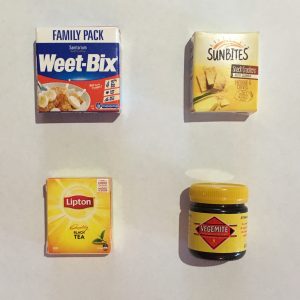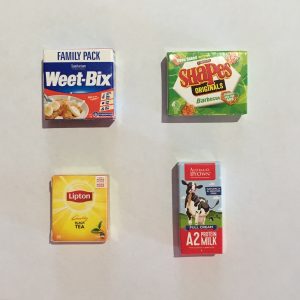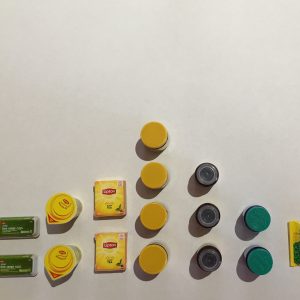Last year I wrote one of my first blogs about the various ways to utilise the Coles little shop toys in mathematical investigations. You may now find yourself as a teacher or parent with an abundance of these little toys after the second release of the new items. Although they may have a bad image, due to their plastic nature, they are a great resource for the classroom, so don’t throw them away! If you don’t intend to use them with your own children at home, send them to your local school or pre-school to use in the classroom, maybe ask first!
These little toys have lots of mathematical potential. Setting up a mini supermarket in the classroom or play corner is an easy way to start using them. Below are a number of activities and group investigations teachers could undertake using the little shop toys. Many of these ideas require more than one set, so if you are a teacher, maybe ask any of the students in your class if they could donate some for learning.
The activities below link to some of the big ideas in mathematics. For me those big ideas are; comparing, partitioning, pattern, structure and relationships. The suggestions below link to a number of these big ideas that are present within our curriculum areas; Number and Algebra, Measurement and Geometry and Statistics and Probability.
Relationships
One of the first things I would suggest doing with the little shops is to sort them. Sorting and classifying is one of the first concepts we teach young children to start developing their mathematical awareness. This links to looking for patterns, similarities and differences that are essential skills relating to larger concepts of patterns and algebra, measurement and geometry. Allow students to sort the toys how they would like and ask them to explain how they sorted the collection. Students may sort by colour, size, height, feel, food groups, use, names etc. For upper primary, you could use Venn diagrams to show the relationships and discuss how the items have been arranged,
Comparing
Building on from looking for relationships between the little shops, students need opportunities to compare (and contrast) objects. The big idea of comparing actually flows through the whole of the curriculum from foundation (e.g. comparing objects using visible features) right through to year 6 (e.g. comparing the size of measurement units or comparing shape properties) and beyond.
In the example images below, students could look at some of the ways other students have sorted and grouped the items and talk about what they notice. What do they notice about the green group? Do all of the items belong? Which ones could fit somewhere else and why? What about comparing the yellow and red group? Do students see that some of the yellow items could also belong with the red items? Looking at the blue group, could we make smaller groups within this group? Do they notice the round and square items?
Comparing can be explored with regard to measurement concepts as well as comparing based on shape or colour. These three images could be used as discussion starters with students around length, area and volume. The first image (right) compares the little shop Milo container with a real life-size container. Many aspects of measurement could be discussed however length may be a good one as it’s often the first thing students use in deciding if an object is large or small, or in this case, tall or short.
The image (below left) compares area. Do the two boxes have the same area on the side you can see? If you have students in upper primary or lower secondary you could also explore surface area by recreating these boxes, or using the real little shops to pull apart to make their nets. The image (below right) promotes discussion around volume (interior capacity). Which one might hold the most? Students need experiences with comparing short-wide containers with tall-thin containers as sometimes they may hold the same amount (concept of conservation).
Pattern
The little shops come in lots of different sizes, colours and shapes, this makes them perfect for creating patterns. In the early years, our focus is on patterns with actual objects and shapes, number patterns are introduced in years 1 and 2. Have students create their own repeating pattern (e.g. a red, blue, red, blue pattern is often referred to as a ‘two pattern’). Students can also continue a patter you have created, ask them what would come next? And why? What part of the pattern repeats? Students can also find missing elements in a pattern, using reasoning to share why they think the suggested item fit within the pattern.
Structure
The structure of number can also be investigated with the egg carton from the little shops. The array structure represented assists students in developing skills that involve counting by numbers other than one. Counting by twos, or seeing the two rows of six. Using real egg cartons and exploring ways to count other than by ones is also beneficial for students’ pattern and number structure development.
Other ideas include; using some of the items to use during a Which One Doesn’t Belong (wodb) chat, creating data displays for interpreting and representing investigations, counting large collections, exploring stacking and packing properties, comparing features and properties of 3D objects to name a few! The uses are varied and all assist students in making connections between mathematics and the real world.
Hopefully you find these ideas helpful ways to bring some mathematical concepts to light by engaging students with familiar objects. Heidi from Learning through play also has a number of other great ideas across learning areas!
